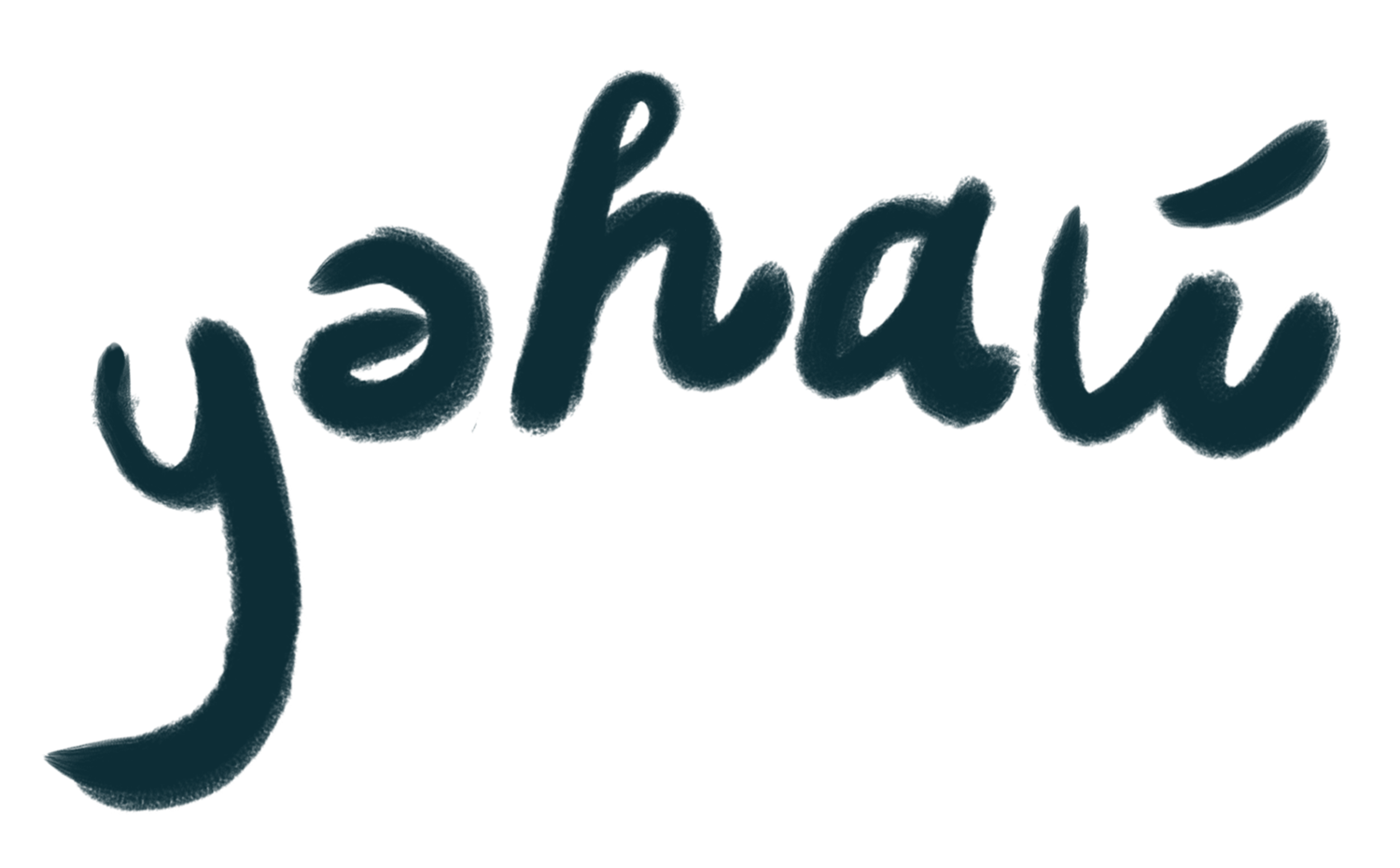Camille Trautman
Ancestry: Duwamish
Based In: Portland, OR
Email: camille@churten.com
Website: camilletrautman.com
About the Art
We are forgetting so that we do not forget. Adopting the tools of the colonizer to resist being defined by the colonizers. We are living, but seeing ghosts. Landscape is a construction. Indigenous peoples have been construed by the colonizer as having an innate connection with nature, as if they are no more than a piece of the landscape in the mind of the colonizer. By projecting an aesthetic of indigeneity, the colonizer creates an indigenous other in order to conquer without introspection. Photography is used as an imperial tool to pillage the cultural heritage of indigenous peoples. The colonizers are perfectly happy to live on the site of a genocide, believing that language can purify even the most toxic pollution. The genocide, the pollution, the pillage, these will not be washed away through the power of language. These atrocities are here with us now. Indigenous people must reject any fake consolation and construct their own landscape and language to resist being defined by the colonizers. Indigenous people are using contemporary technology to project to the world their own stories, culture and language. I am not using traditional Duwamish mediums of cultural expression. My use of contemporary technical supports is forgetting old mediums of cultural expression, yet I am ensuring my traditional culture is not forgotten. My photographs expose this process. By taking a single exposure with multiple projected images contained within, I draw attention to the concept of splitting and projection in the ongoing history of interactions between the colonizer and the colonized. I have created photographs that remind the viewer that what they look at is a photograph, not a window. I have eschewed realism in depicting these individuals. The long exposures in these photographs gives the subjects a transparent, ghostly appearance. They are connecting with ghosts of the past and are leaving their own legacy.
About the Artist
I respect and do my best to honor my Indigenous ancestors. But I grew up in the culture of the colonizers who did their best to assimilate me. I grew up on Duwamish lands and am a registered member of the Duwamish tribe.
I grew up by the water. When I was a child, every day I crossed the train tracks to walk on the beach. In high school I began photographing the landscape of the urban waterfront. I went to college and was fascinated by the study of the natural world. During this time, I began to think critically about how the idea of landscape itself is a construction, and began incorporating that idea of constructed landscape in my photography.
For the past 11 years, I participated in Tribal Journeys, which is a two to four week canoe journey that unites Coast Salish tribes across the Pacific Northwest for the purposes of cultural revival. I was twelve years old when I began participating in Journeys; I grew up through my teenage years with an anchor to the Coast Salish community. Tribal Journeys inspired me to connect with Lummi youth podcasters to create photographs exposing how they and I are using contemporary technology that enables us to both forget and not forget our indigenous cultures. I am expanding my practice by participating in the Seattle Public Art Boot Camp program where I was selected to have an installation at Seattle Center. When I imagine the future I realize I must act to expose past injustices and be a force in the re-envisioning of the landscape of indigenous identity. This means finding my own identity and honoring the growth of other individuals who were stripped of the chance to know their original identities, alienated from their own lands.









